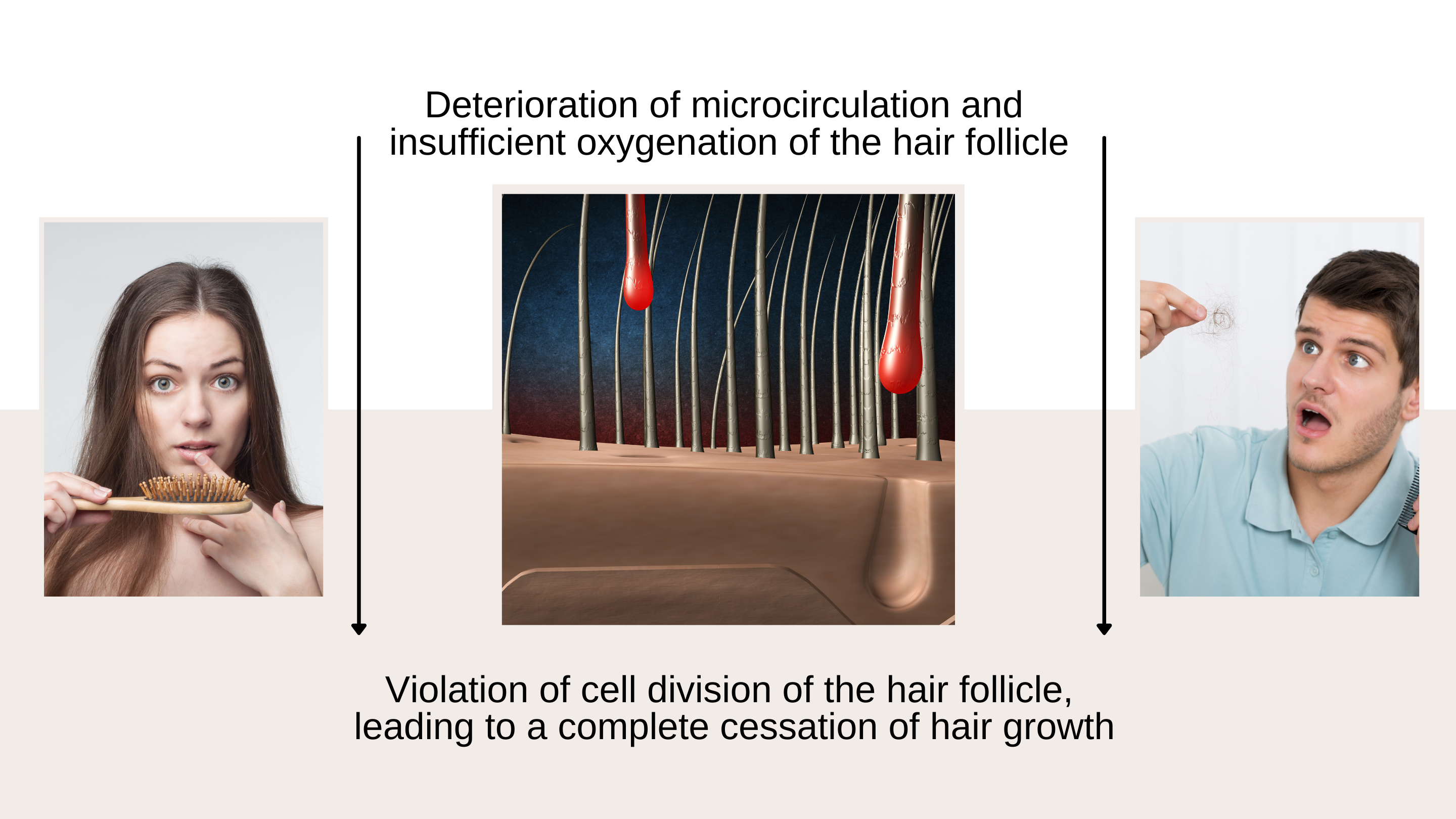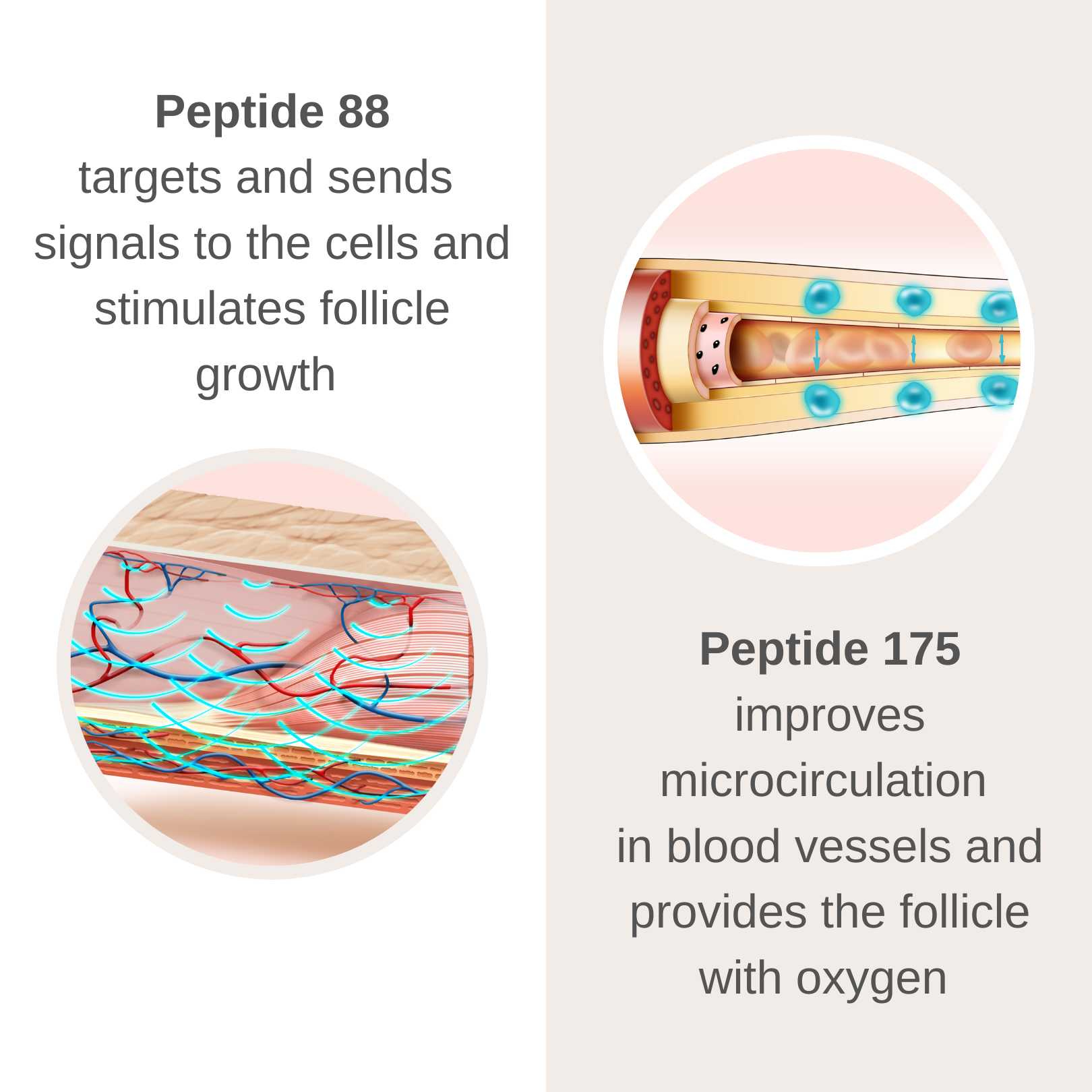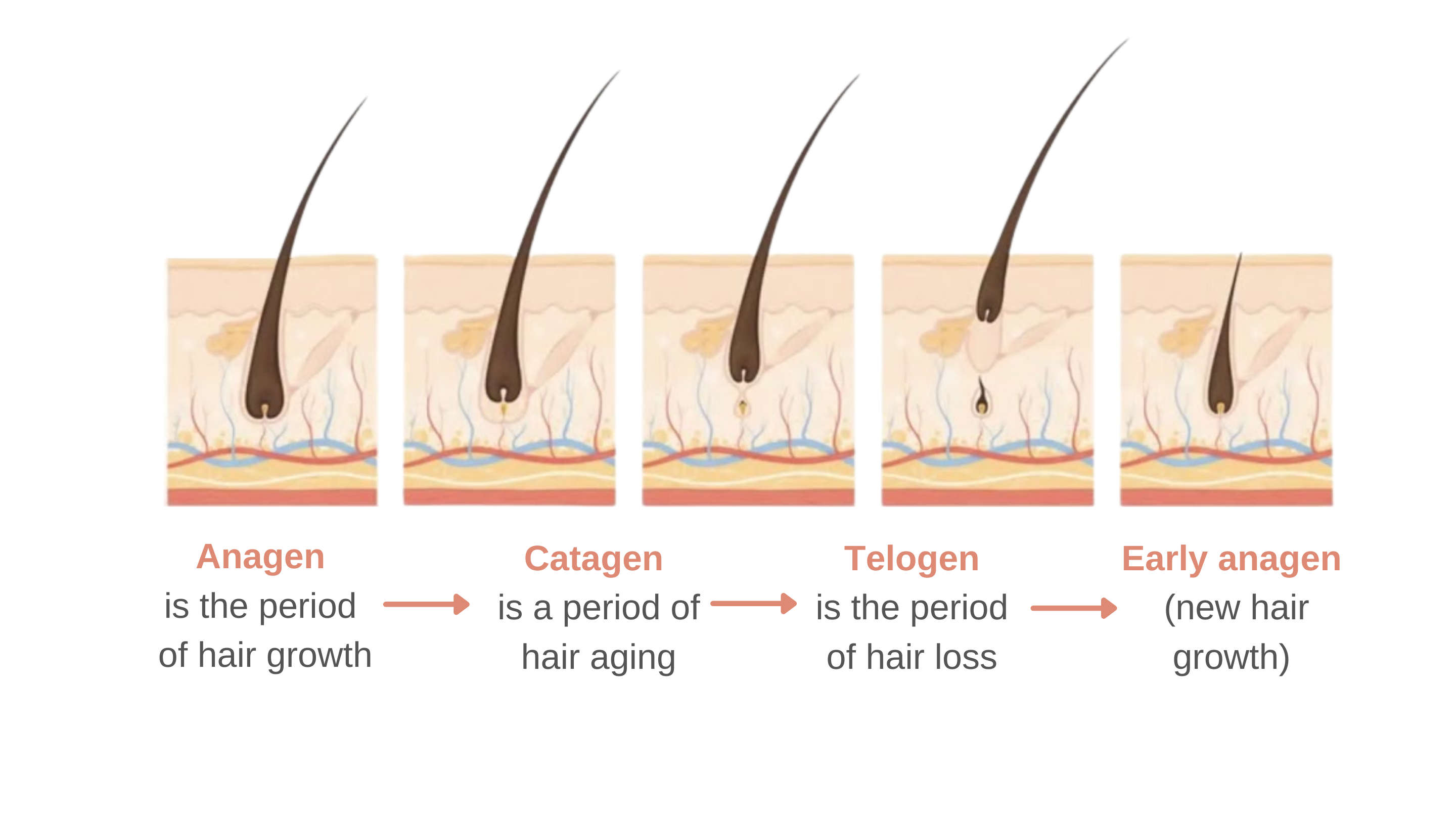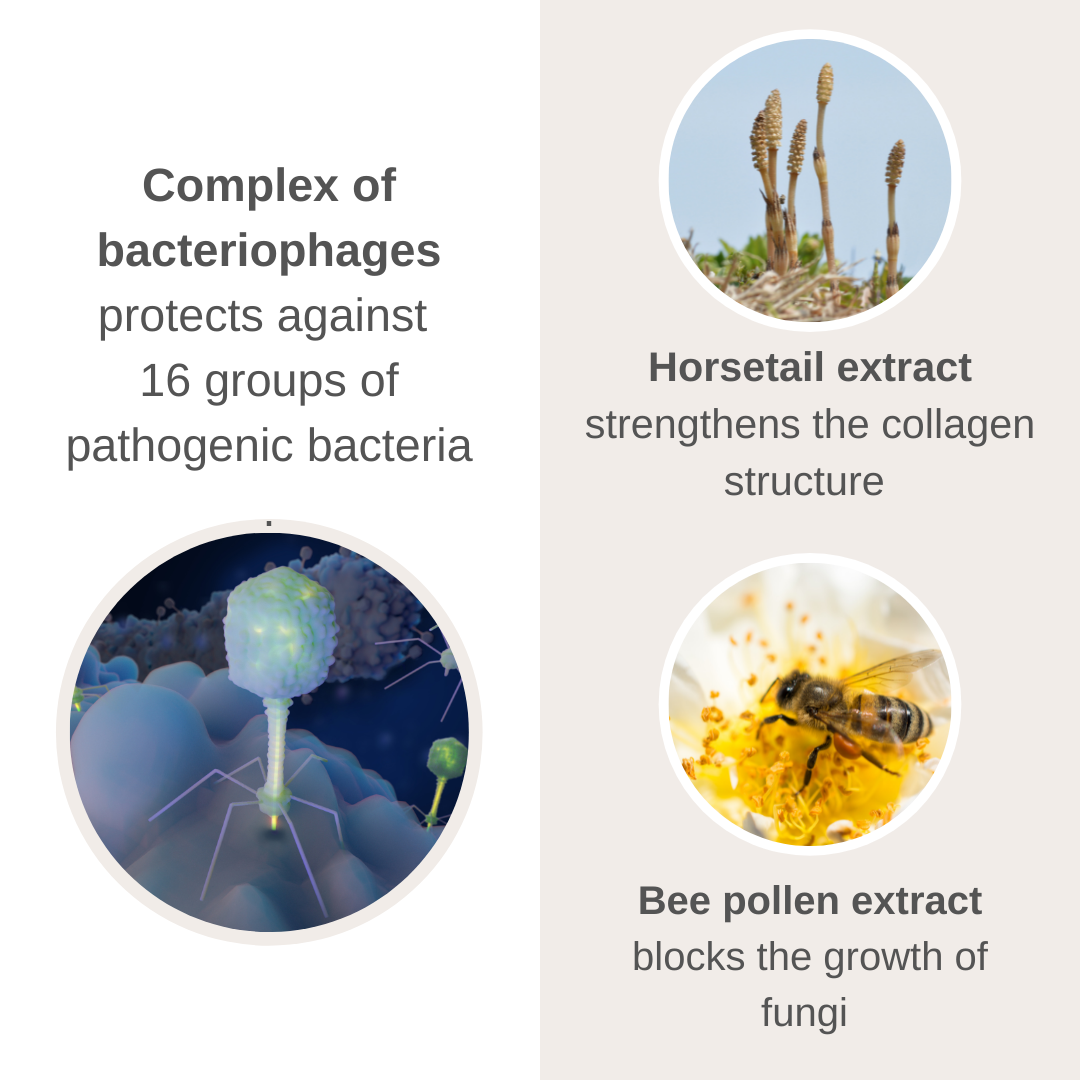



A day after shampooing, pinch a strand of hair on the crown or temples between your fingers and pull it a little.
If there are about 5-7 hairs left in your hands, then there is nothing to worry about.
But if a lot more hairs remain in the fingers, it is necessary to stop hair loss, otherwise there is a risk of becoming bald.
First you need to get your hair cut as short as possible.
Visually, this will make the problem less noticeable, and it will make it easier for you to care for your scalp and hair.
It is physiologically normal if a person loses 50-100 hairs per day (depending on the stage of their growth).
Don't be alarmed when you see your hair on a comb!
Please note that hair loss increases in spring and autumn. This is normal seasonal hair loss (like shedding in animals).
Hair loss after COVID-19
About a quarter of patients may experience hair loss after coronavirus.
This does not depend on the age of the patient or the intensity of the disease. Even after asymptomatic COVID, there is a risk of hair loss.
Androgenetic alopecia
Both men and women develop this type of hair loss, which is the most common cause of hair loss worldwide. In men, it’s called male pattern hair loss. Women get female pattern hair loss. Regardless of whether it develops in a man or women, the medical term is androgenic alopecia.
Telogen effluvium is a condition where the hair remains in the telogen (natural shedding) phase of the growth cycle. This causes more hair to fall out, sometimes in handfuls.
(Some possible causes include:
severe stress /
surgery
childbirth /
rapid weight loss /
thyroid problems /
certain medications).
Anagen effluvium causes large amounts of hair to fall out rapidly during the anagen (growth) phase of the hair cycle.
The condition may cause hair to fall out from the head, as well as from other parts of the body, including eyebrows and eyelashes.
Causes of anagen effluvium include:
chemotherapy
radiation /
fungal infections /
autoimmune disease.

Peptides are biological molecules that play a vital role in living organisms and hair growth. They are anti-aging and body-enhancing elements referred to as mini proteins because they are made of a chain of amino acids just like proteins.
How do peptides work for Hair Growth?
Because they occur in every cell in the human body, peptides have links to every organ, including those responsible for the hair growth cycle, especially the hair follicles.
Peptide therapy will help target and send signals to the cells and cause a reaction that will stimulate positive changes.
The only difference is the number of amino acids that each is made of. The follicles need protein to produce hair. Without the presence of adequate protein in the body, it will be difficult to achieve a balanced hair growth cycle.
Peptides, being “smaller proteins,” when applied, cause changes in cell behavior, stimulate follicle growth, and promote natural hair production and improvement of hair color.
Microcirculation is the circulation of oxygen-rich blood through the smallest vessel in the human circulatory system. All organs of the body, including the hair, require oxygen. Without some degree of oxygen, the follicles will not function well, affecting the hair growth.

The hair follicle is in continuous cyclical development, the phases of anagen, catagen, telogen are constantly replacing each other:
Anagen is the period of hair growth.
At this stage, the cells of the hair follicle divide intensively, the hair grows, and the hair shaft lengthens.
The duration of the anagen phase is 2-5 years.
At the same time, 60-90% of the hair is in the anagen stage.
Catagen is the period of reverse development of the hair root, the period of hair aging.
At this stage, hair growth stops, cell division of the hair follicle stops, atrophy of the hair papilla begins, the hair follicle is shortened, wrinkled, it moves closer to the skin surface.
The duration of the catagen phase is about 1 month.
At the same time, 1-2% of the hair is in the catagen stage.
Telogen is the dormant period of the hair follicle. During telogen, the hair can fall out painlessly with light physical exertion.
The telogen phase lasts about 3 months.
Telogen rate up to 15%

Trichologists say that without proper scalp care, it is impossible to make your hair healthy and beautiful.
If the lipid layer (fat layer) is damaged, the natural microflora of the scalp is disrupted.
The scalp becomes defenseless against any external influences.
Even simple use of a comb can cause discomfort, burning, itching, redness, inflammation and flaking on the surface of the skin.
This occurs due to hormonal disruptions, stress, improperly selected hair dyes or care products.
Very often, a violation of the microflora of the scalp interferes with proper hair growth.
The normal microflora of the scalp is the natural protector of the skin surface. It prevents the development of fungal or bacterial diseases, including various types of seborrhea. Seborrhea occurs when there is a disorder in the formation of sebum.
Insufficient sebum production does not provide full protection, dryness and vulnerability of the skin appears, which in turn is used by harmful bacteria.
Excess sebum creates a greenhouse effect, as a result, an ideal environment for the reproduction of pathogenic microflora is created, and also blocks the mouth of the follicle, which leads to hair loss.
